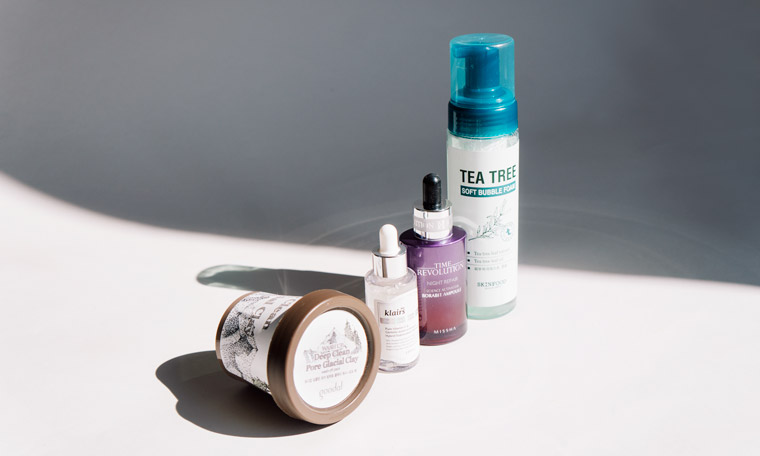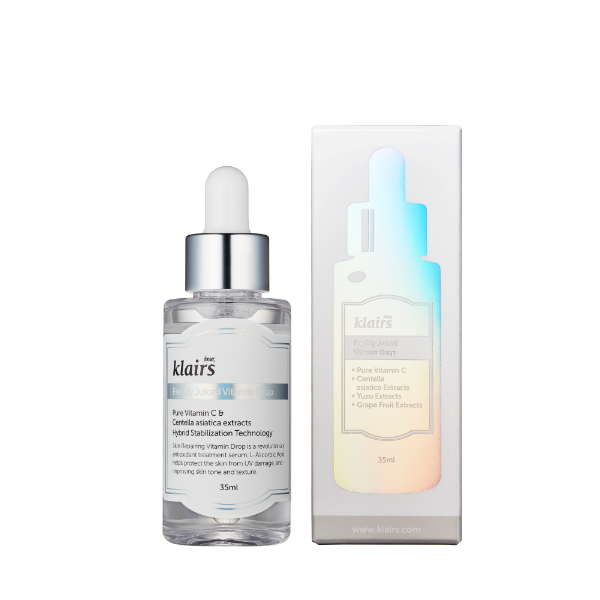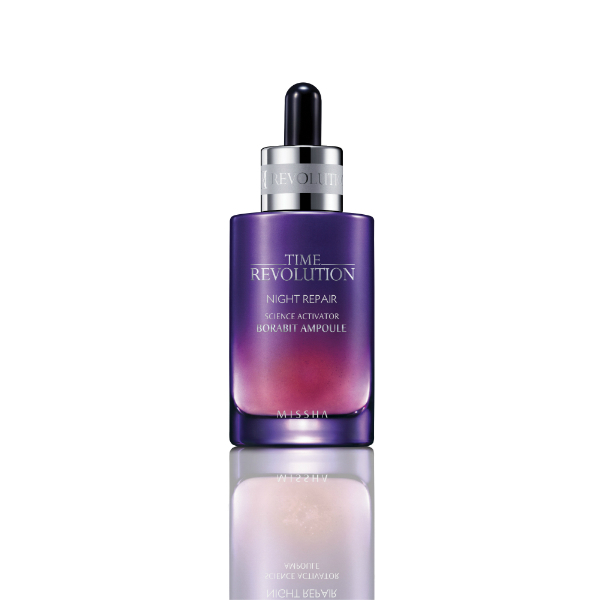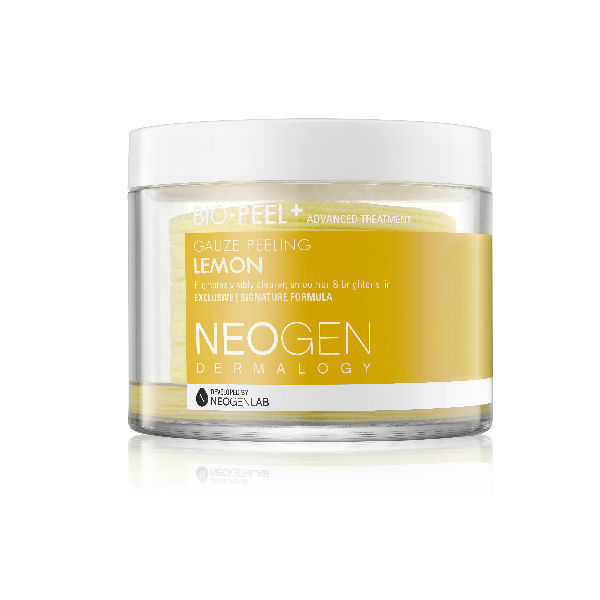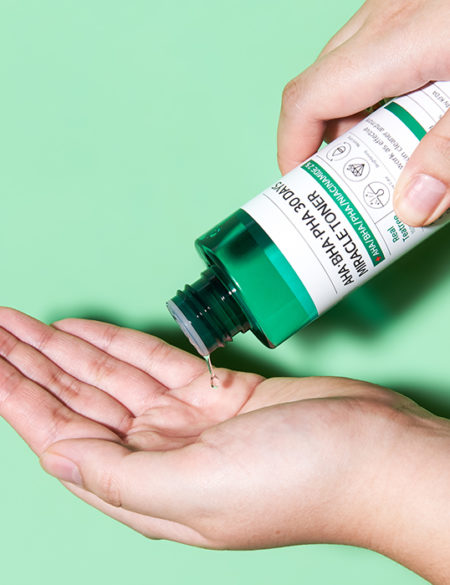What is the time it takes to see results from skin care products? How long should you wait before you switch a product out? Find out below.
We’ve all been there. Your new skin care product comes in, the one everyone has raved about, the one you’re so excited for, the one you know will finally be the secret to unlocking the smooth, flawless, effortless skin of your dreams. As you lovingly unpackage it, Queen’s 1989 anthem plays in your head: “I want it all, and I want it now.” For weeks you follow the directions and religiously apply what you’re sure will be your new holy grail product, each night standing in front of the mirror and playing the “Is it doing anything?” game as you examine every square inch of your face.
We know, we know, good things come to those who wait, and patience is a virtue, and all of that jazz. Being patient is a good thing, but it just so happens that most of us aren’t very good at it, especially when it comes to waiting for new skin products to start showing results.
This cycle of excitement and impatience is how far too many good skin care products end up relegated to the back of bathroom cabinets, forsaken the moment a shiny new product comes along with big promises about bigger results. It’s also, no doubt, how many of us miss out on getting our best possible skin.
Don’t stop believing:
“One big mistake I see people making is giving up too quickly,” advises dermatologist Joshua Zeichner. “Most ingredients take at least a month of continuous use to start showing improvement.” And no, sadly “improvement” here doesn’t mean that fine line that you’ve been trying to get rid of has magically disappeared. In fact, without some really sharp eyes and close comparison, you might not even notice much difference, even when skin has actually begun to improve.
Take acne, for example. When you begin using a product with exfoliants, like the Neogen Bio-Peel Gauze Peeling Lemon, which uses alpha hydroxyl acids like glycolic acid to unblock pores, you may find it too overwhelming to use more than once or twice a week.
Progressively your skin will begin to adjust, allowing you to use the essence more often and leading to fewer blocked pores in the long run, but for the first several weeks, the difference in the number of plugged up pores might seem nominal or even non-existent. That doesn’t mean that the exfoliating isn’t working, it just means that you have to get past that initial skin adjustment threshold to reach your skin clearing sweet spot.
Relatively speaking, acne is one of the faster-reacting skin conditions too; other major skin woes could take even longer, or show even more subtle, progressive results. “Wrinkles and sun spots take months or even years to develop, and they are not going away overnight,” says Zeichner. “Treating aging skin is a marathon, not a sprint.”
So how can you really tell if your product is working?
What can you do to tell whether your product is truly having an effect? Since constantly being exposed to the subtle changes in your skin can make improvements hard to notice, try using before-and after pictures; hey, some things are classic for a reason.
Take a shot of yourself before you start using a new product, then another one at the end of each week for an absolute minimum of four weeks (six to eight weeks is really better). Check out the difference between the first week and the last, looking for minute differences. Does your skin look clearer? Does it have more glow? Has there been a change in the shade of that one annoying dark spot you’re trying to nix or the depth of those lines around your eyes? Having some concrete evidence to point to may be all the incentive you need to keep your skin care goals on track.
Another factor in pinpointing the effectiveness of your products? Stability. As tempting as it is to completely overhaul your skincare regimen as soon as you learn about some hot new ingredient or formulation, if you really want to know if things are working, you have to isolate the variables (yes, it’s very scientific.) “I don’t recommend combining multiple new ingredients at the same time,” Zeichner says, pointing out that it will be impossible to say what product might be causing sudden skin irritation if you’re using all-new products; and conversely, it will be impossible to tell what’s getting the job done in making your skin look and feel better.
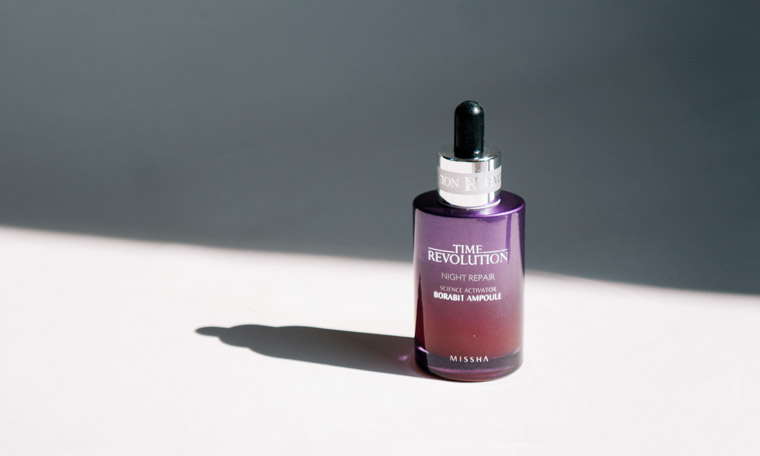
Finally, one of the best guarantees toward seeing results is choosing ingredients with proven track records, like vitamin C for brightening dark spots (try the Klairs Freshly Juiced Vitamin C Serum), retinol for wrinkles (we like the Missha Time Revolution Night Repair New Science Activator Ampoule) or oil-absorbing clay for blocked pores (the Goodal Deep Clean Pore Glacial Clay is a good one.)


